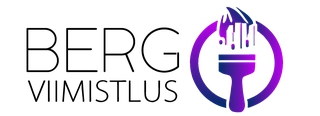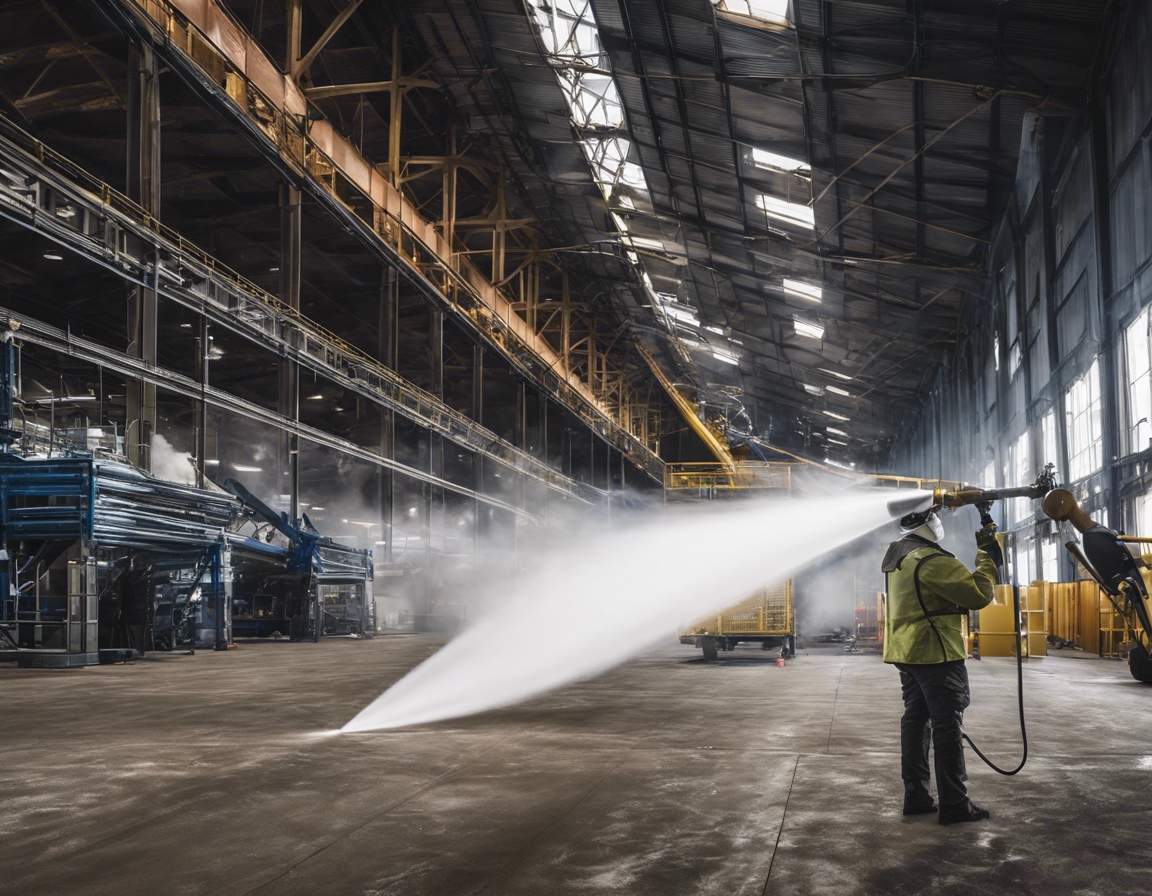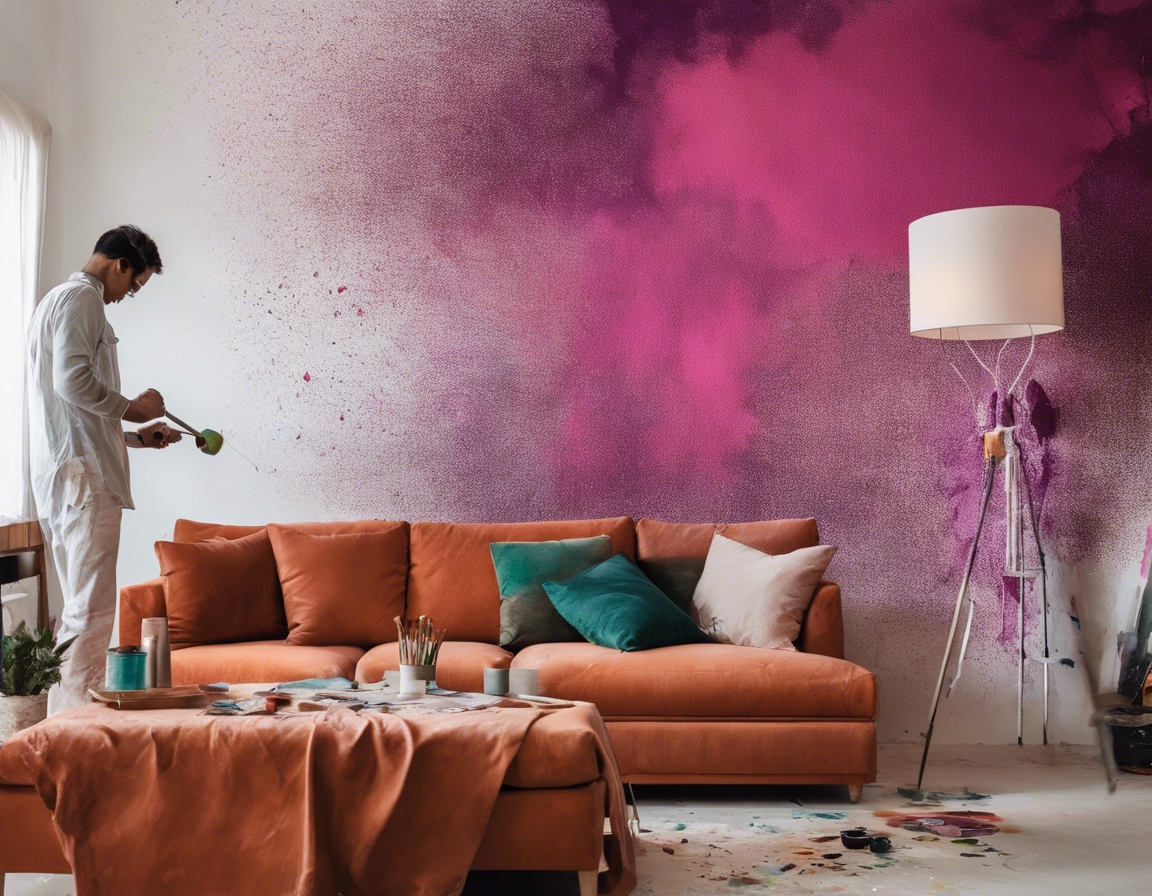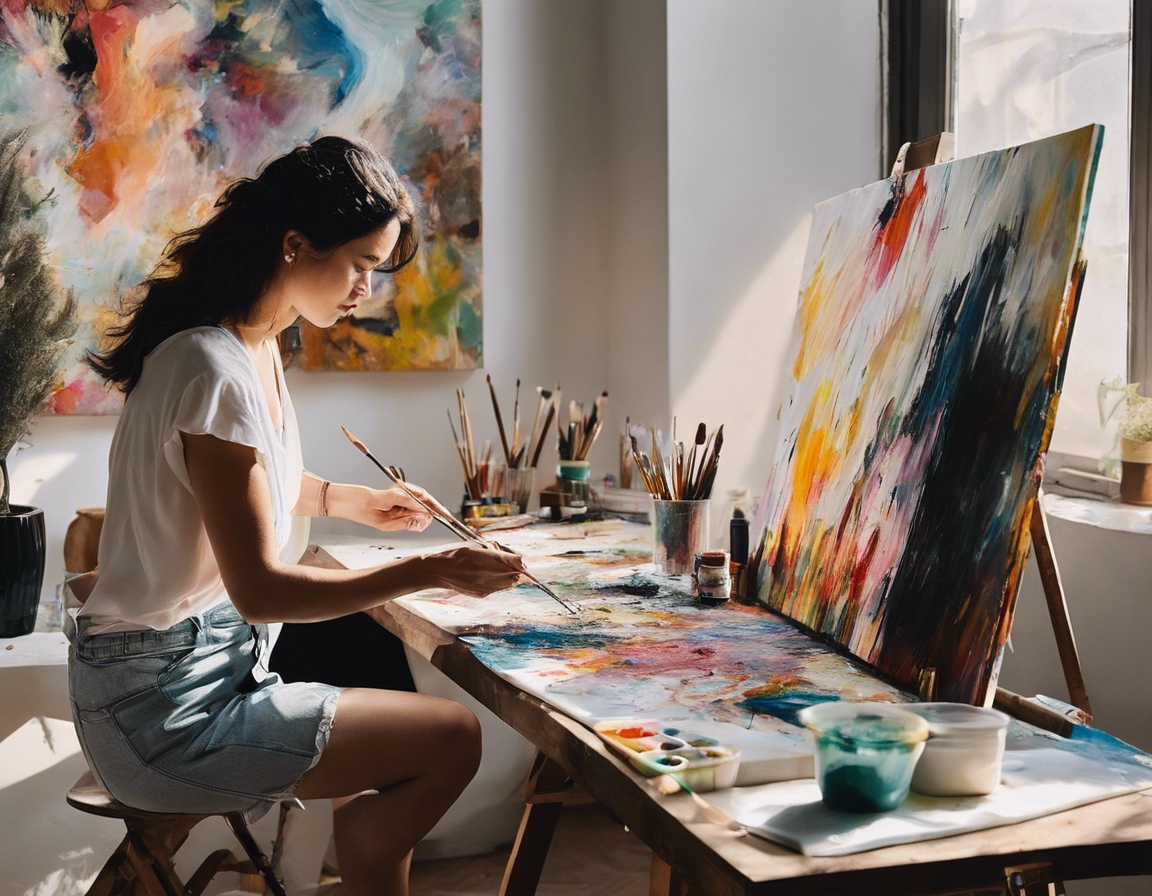5 trends in interior design painting
Interior design painting is an ever-evolving field, with new trends emerging as homeowners, business owners, and industrial facility managers seek to create spaces that are not only aesthetically pleasing but also reflective of their personal style and the latest design movements. In this blog post, we explore five of the most compelling trends in interior design painting that are shaping the way we think about color, texture, and technique in our living and working environments.
1. Embracing Nature with Biophilic Design
Biophilic design is a concept that incorporates natural elements into the built environment, aiming to connect occupants more closely with nature. This trend has seen an increase in the use of plant-inspired colors and motifs in painting, bringing a sense of the outdoors into interior spaces.
Alongside greenery, natural hues such as earthy browns, sandy beiges, and soft terracottas are becoming popular choices for walls. These colors are often paired with organic textures achieved through special painting techniques, creating a serene and grounded atmosphere.
2. Bold and Expressive Color Choices
Statement walls are a dynamic way to introduce bold color into a room without overwhelming the space. From deep blues to vibrant yellows, these walls become the focal point and can easily be updated to match changing tastes or trends.
Color psychology plays a significant role in interior design painting. Colors can influence mood and behavior, and designers are increasingly using this knowledge to create environments that evoke specific emotional responses.
3. Textured Finishes: A Touch of Sophistication
Matte and satin finishes are gaining popularity for their ability to add depth and sophistication to walls. These finishes hide imperfections and offer a timeless look that complements a wide range of design styles.
Textured paints and techniques such as plaster and stucco are being used to add dimension and interest to walls. These methods can create a variety of looks, from rustic to modern, and are a creative way to personalize a space.
4. Sustainable and Eco-Friendly Paints
As awareness of environmental impact grows, so does the demand for sustainable and eco-friendly paints. Low-VOC (volatile organic compounds) and natural paints are healthier for both the planet and the occupants of a space, making them a responsible choice for painting projects.
Choosing sustainable paints not only reduces environmental harm but can also improve indoor air quality and reduce health risks associated with traditional paints. This trend is a win-win for both the environment and the well-being of those who inhabit the painted spaces.
5. Technological Innovations in Paint Application
Technology is revolutionizing the way we approach painting, with digital color matching tools allowing for precise color selection and the ability to visualize how a color will look in a space before the paint is applied.
Advancements in application techniques are enabling painters to achieve higher quality finishes more efficiently. From airless sprayers to smart rollers, these tools help ensure a flawless finish and can even extend the life of the paint job.








Comments (0)